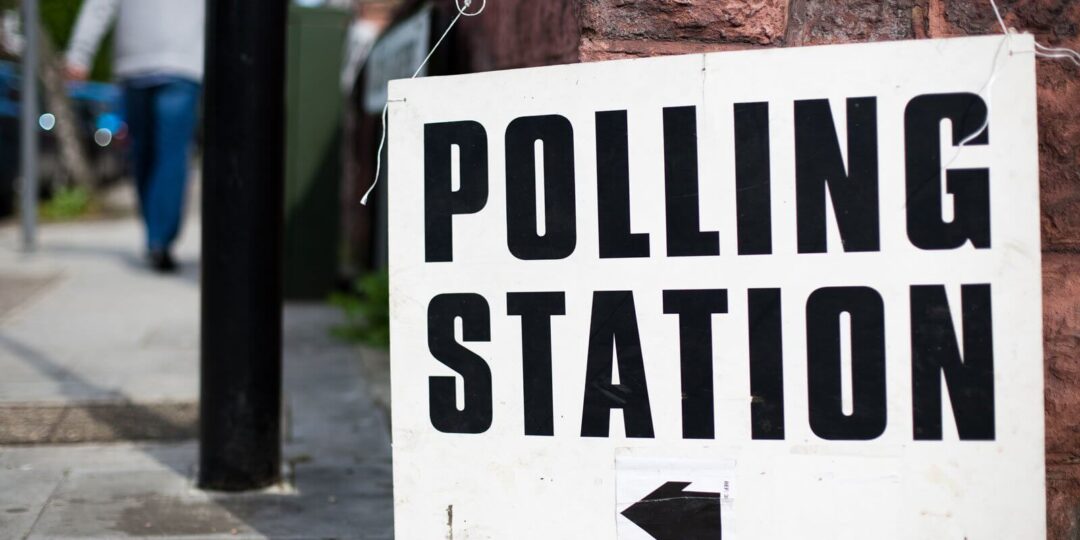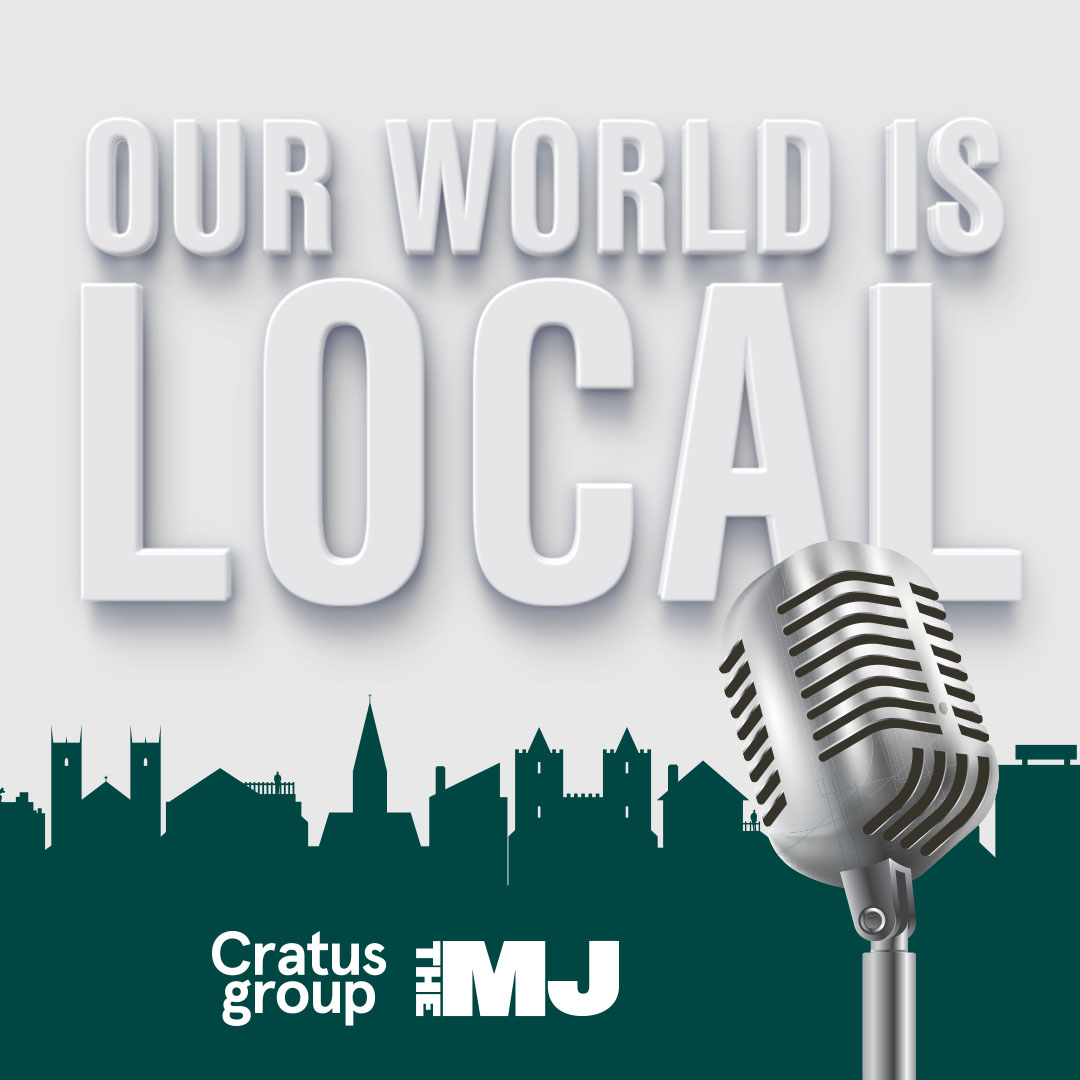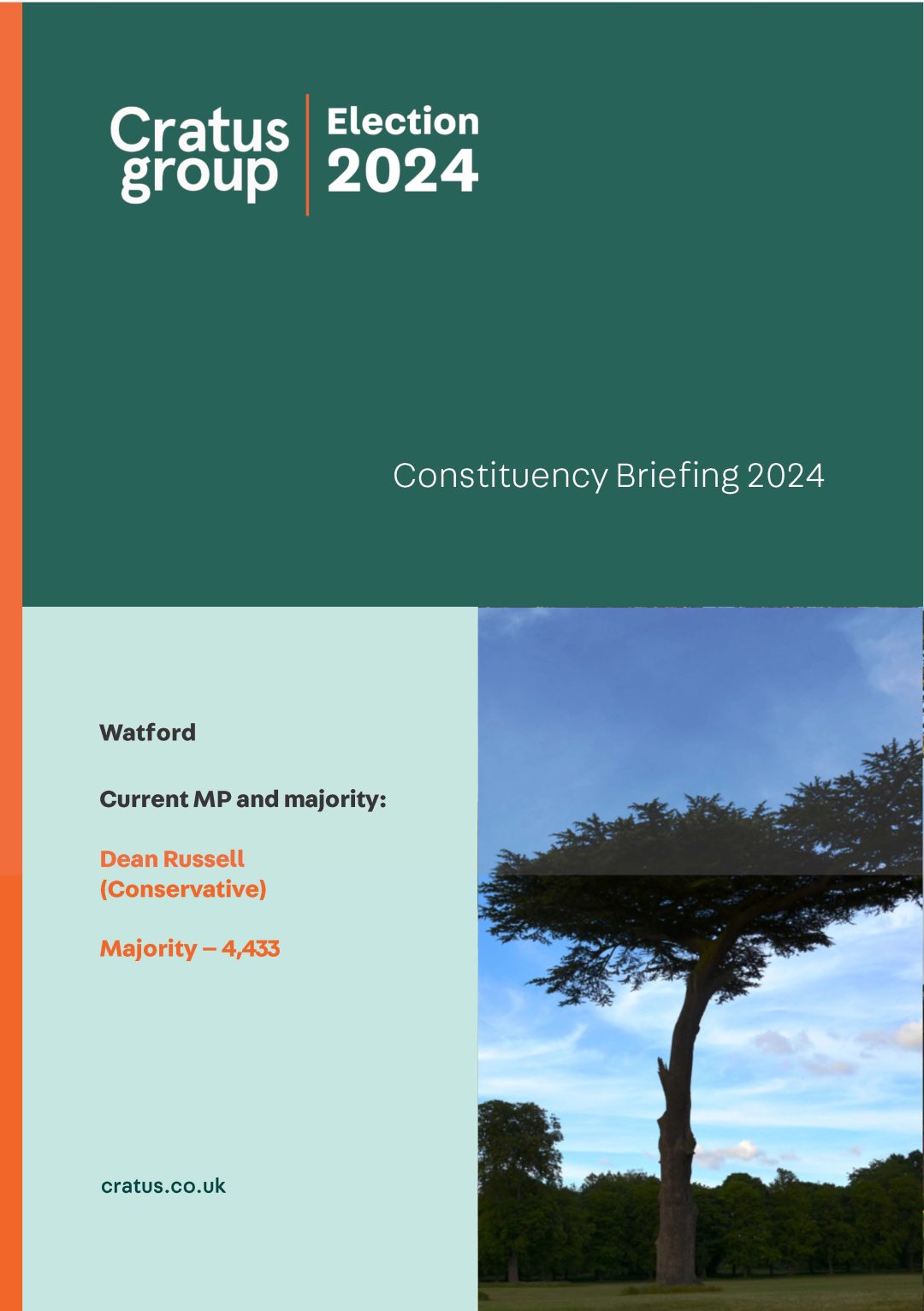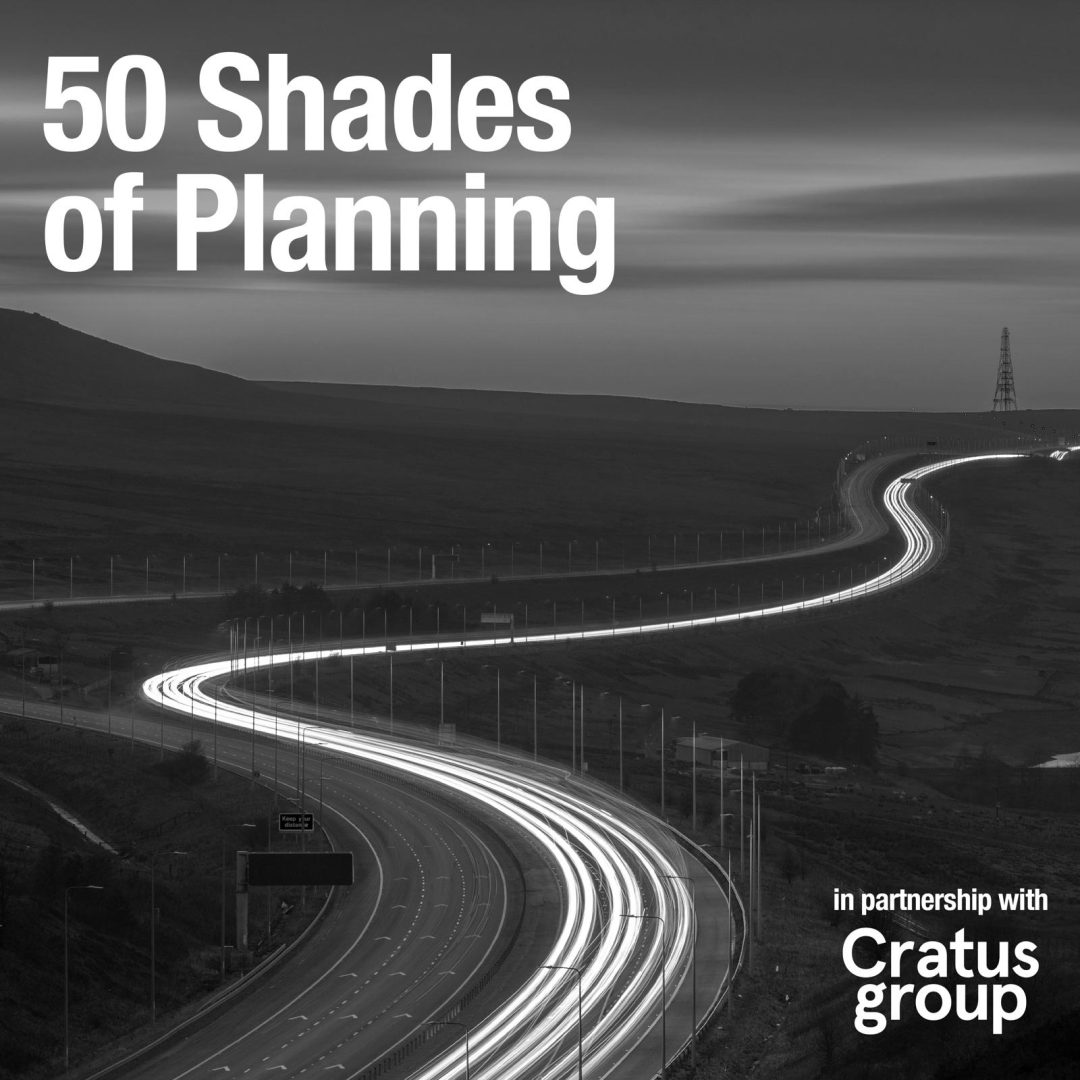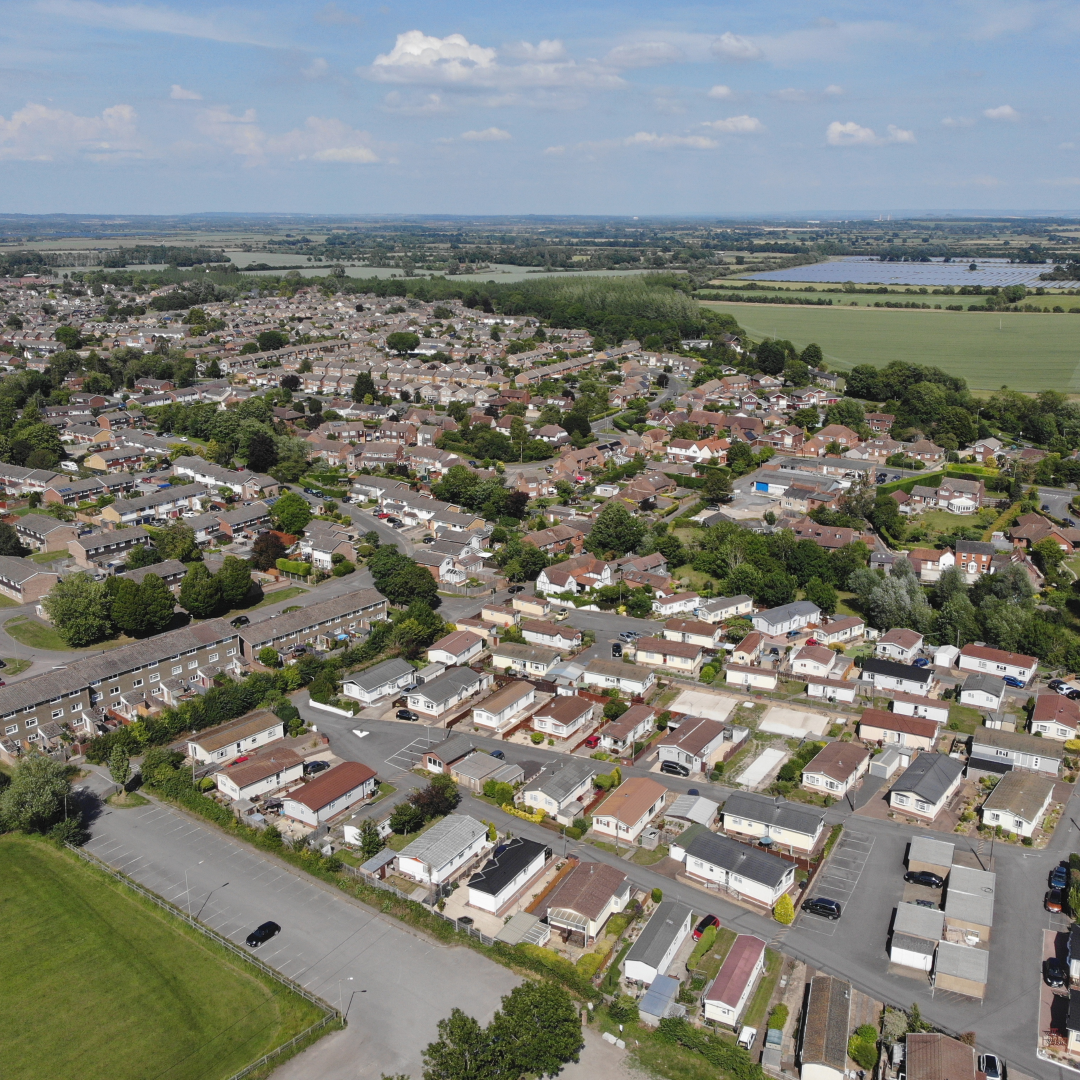A Tory meltdown – but not just for the reasons you think
At the time of writing the Conservatives were in the midst of a thorough electoral drubbing, with Labour also losing seats. The story of the day has been the gains by the Lib Dems and Independents. So why have they done so well?
Journalists were quick to blame the Brexit maelstrom for the upheaval which has seen rock solid Conservative authorities like Chelmsford become Lib Dem administrations. But looking around at results across the country it is clear that the picture is far more complicated.
Some areas which have seen the biggest loss of Tory seats have been in authorities which are in the midst of the Local Plan process – and often in the affluent commuter belt – think South Oxfordshire, Wokingham and Guildford (albeit this last has not yet announced) as well as Chelmsford and Vale of White Horse. In these areas the driving dissatisfaction seems to come from concerns about development and lack of infrastructure. For some authorities, the timing of Local Plan hearing and consultations has been particularly bad. Notably, where there has been a strong and established Independent opposition in these sorts of areas, they have picked up a lot of the seats – Guildford being a case in point.
Yet other similar areas, such as Bracknell Forest, saw little movement in the Conservative councillor numbers. In these areas the change could be characterised as a correction from the high point of 2015 when the Conservatives at local level rode the wave which took Cameron into Downing Street with a majority (remember those days?!). In Swindon, the Tories clung onto power against all expectations. It could be that Bracknell and Swindon have been better able to protect local services than other authorities, shielding them from austerity which is now biting councils hard.
The pain has certainly not been just for the Conservatives, Labour has taken losses too as voters punish the main parties. In the north, some Labour authorities have suffered heavily. In Sunderland, which voted to Leave by 61%, Labour held 60 of the 75 seats. By the end of the night, Labour had lost 10 seats with UKIP and the Greens taking seats for the first time. The Leader has firmly placed the blame on the failure of the national Labour party to deliver a strong Brexit message.
In essence then, this doesn’t seem to be just about Brexit, it seems to be a protest against the national parties for a whole series of failings – Brexit, homes, lack of infrastructure, local issues. It’s also been a correction from the high point for the Tories in 2015.
The Lib Dems have undoubtedly done well, but they needed to. The question for them will be how much of the support is for their policies and how much is it due to them not being Tory or Labour – they would be wise to note the strength of Independents where they put themselves forward.
There will now be a challenge as unexpected victors find themselves scrabbling to patch together coalitions of “not Tories”. Where Local Plans have been produced in these authorities, these groups will undoubtedly find themselves pleased that they only had to criticise the process, rather than doing it themselves. Where the process is ongoing, expect delays before officers exert themselves to push Plans forward again in a similar form.
We’re only beginning to scratch the surface of the results and what they mean. If we can help or provide advice on your scheme, get in contact.
